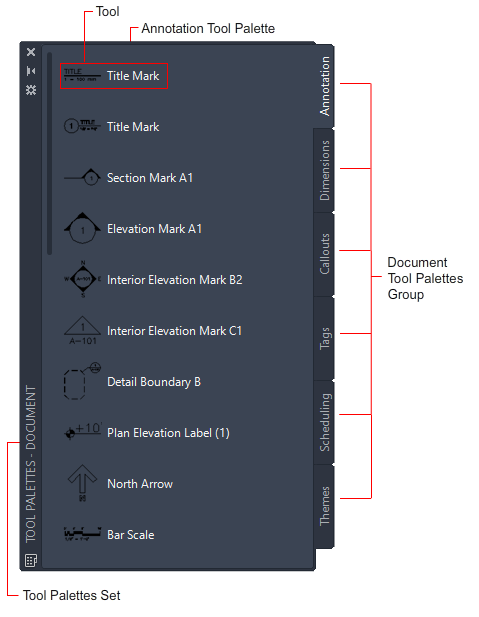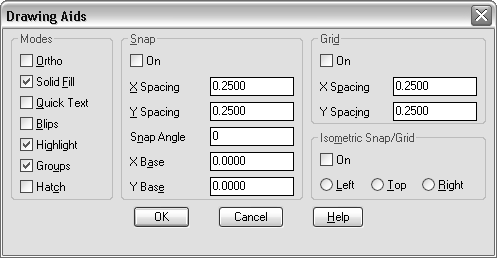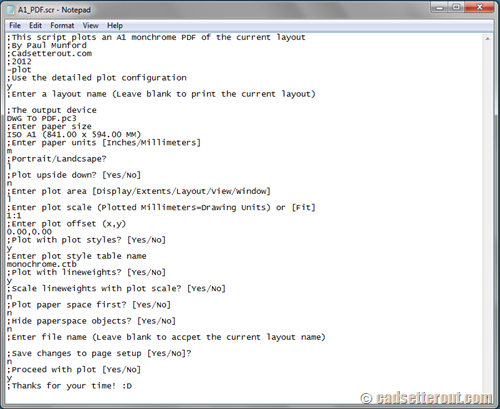In “Mastering the Art of Creating Custom Command Aliases”, you are about to embark on a fascinating journey that will culminate in a newfound understanding and proficiency in establishing your own command aliases—a skill that is as valuable as it is liberating. Drawing relevant insights from the most reliable sources, this article ingeniously demystifies the seemingly complex process, making it accessible to every user. So be prepared to unlock an immense potential in custom command aliases crafted precisely to your needs and preferences!

Understanding Command Aliases
Quick, easy, simplified, and efficient – these words capture the essence of command aliases. They are your go-to shortcuts, making your tasks less cumbersome and increasing productivity.
Definition of Command Aliases
At the most basic level, a command alias is a shortcut you create for a typically long or complex command that you use commonly. These aliases can be created for repetitive tasks that you want to implement using simple, quick entries. Think of them as abbreviations that represent a longer word or phrase.
Purpose and Utility
The major purpose of command aliases is to reduce the effort needed to perform repetitive tasks. Using an alias for a lengthy command means less typing, leading to reduced errors, increased speed, and improved work efficiency. They become handy tools that make complex interfaces navigable through a few keystrokes.
Differences between Command and Alias
The primary difference between a command and its alias lies in for how long that command is defined. Commands are usually predefined in the software and do not change with different tasks, but aliases can change with each task based on their purpose and the particular user’s choices.
Importance of Custom Command Aliases
Custom command aliases are an important way to tailor your environment according to your needs. They offer a personalized touch, making your workflows more efficient.
Efficiency in Workflows
Imagine the time saved with each keystroke you reduce by using a custom command alias – the efficiency it brings to your workflows is significant. Using hand-tailored aliases specific to the way you work, your tasks become significantly streamlined.
Establishing Consistency Across Projects
Custom command aliases can help maintain consistency across projects. If multiple teams need to work on a same project, having a set of pre-defined command aliases provide a unified experience and reduces communication overhead.
Improving Personal Productivity
By reducing the time and effort spent on repetitive tasks, custom command aliases improve productivity. This allows you to focus more effectively on problem-solving, design, and creativity.
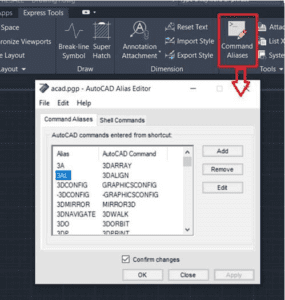
Setting Up Your Environment
Before getting started with creating custom command aliases, you need to set up your environment appropriately.
Choosing an Appropriate Text Editor
Choose a text editor that you’re comfortable with, provides syntax support, and allows search and replace functions. These attributes will make the process of creating and editing command aliases efficient and less prone to errors.
Understanding Your AutoCAD Software Environment
Understanding your AutoCAD software environment is crucial before you proceed with custom alias creation. Every software environment is slightly different, so ensure you understand the unique aspects of yours.
Determining Your Need for Custom Command Aliases
Before you create a command alias, make sure you actually need it. If a direct command or another feature can get the job done just as quickly, you might not need an alias.
Creating Your First Command Alias
Diving into the creation of your first command alias can be exciting. Focus on the purpose of the alias and simplify the command accordingly.
Locating the Alias Editor in your AutoCAD Software
The Alias Editor is the tool you need to start with creating your custom command aliases. Locate it in the settings of your AutoCAD software.
Writing a Basic Command Alias
Writing an alias is simple – it’s just an abbreviation of the command. Make sure it’s easy to remember, intuitive and doesn’t conflict with existing commands or aliases.
Testing Your Command Alias
After you’ve written your alias, make sure you test it extensively to ensure it performs as intended. Troubleshoot any errors and refine it for the best performance.
Customizing an Alias
After creating a basic command alias, you can customize it to suit your specific needs. You can modify, add or remove functionalities depending on your requirements.
Modifying an Existing Command Alias
You can edit an existing alias to change its functionality or to correct any errors. It’s a simple way to keep your aliases up-to-date and effective.
Adding New Functionality to an Alias
You can always add new functions to an existing alias. It’s a way of making your alias more versatile and robust in catering to your requirements.
Removing Functionality from an Alias
If you feel a functionality is now redundant or causing problems, you can remove it from your alias. It makes your alias lighter and more efficient.
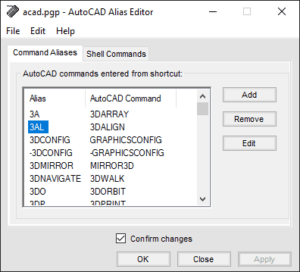
Best Practices When Creating Custom Command Aliases
Adhering to some best practices while creating command aliases can make your aliases foolproof and effective.
Maintaining Clear Documentation
Make sure that you maintain clear documentation of what each alias does and any changes you make. This will help you, and anyone else using your aliases, to understand what each one does.
Choosing Descriptive Alias Names
Choose alias names that are descriptive and intuitive. An easily understandable alias name can save time and eliminate confusion.
Ensuring Backward Compatibility
As you modify and update your aliases, ensure they remain backward compatible. This way, you preserve their initial functionality even as you add new features.
Debugging Custom Command Aliases
Debugging involves identifying and rectifying the errors or conflicts in your custom command alias.
Identifying Common Errors
Common errors might be syntax errors, unrecognized commands, or conflicts between aliases. Identify these errors and understand their nature to solve them.
Solving Command Alias Conflicts
Address conflicts between two or more aliases to ensure efficiency. Ensure that no two different commands or aliases have the same names.
Testing and Troubleshooting Techniques
Testing and troubleshooting involves running your aliases and refining them to eliminate errors and improve performance.
Sharing Custom Command Aliases
Sharing your custom command aliases lets other people benefit from your creativity. Package them into a shareable format and address any potential installation problems.
Packaging Command Alias into a Shareable Format
Encapsulate the alias in a format that can easily be shared and installed. This could be a script file or even a tutorial on how to create the alias.
Troubleshooting Installation Issues
When sharing your aliases, be prepared to offer support to address installation issues that may arise.
Best Practices for Distribution
Ensure the distribution of your custom command aliases is straightforward and user-friendly. Provide clear instructions and make sure to point out any potential issues that other users might encounter.
Integration with Other AutoCAD Tools
Integrating your command aliases with other AutoCAD tools such as AutoLISP or Macros can multiply your efficiency.
Combining Command Aliases with AutoLISP
Combining command aliases with AutoLISP will let you automate more complex series of commands.
Using Command Aliases with Macro
Similarly, integrating your aliases with Macro functions can help you automate more complex tasks.
Advanced Techniques for Maximizing Efficiency
Explore advanced techniques using command aliases to maximize efficiency. Tailor-make your commands to suit the unique requirements of your tasks.
Keeping Up with Updates and Changes
Software environments constantly evolve. Stay informed about updates and changes to ensure your aliases remain effective and relevant.
Maintaining Your Custom Command Aliases Post Upgrade
An update or upgrade might change the way the program responds to certain commands, affecting your aliases. Always test your aliases after updating your software.
Adapting to New AutoCAD Software Features
Adapt your aliases to new features as they are introduced. Ensuring compatibility with these changes keeps your aliases effective and up-to-date.
Resources for Ongoing Learning and Support
Ongoing learning is crucial to mastering custom command aliases. AutoCAD provides a range of support resources, and the community around their products often produces tutorials and guides to help users.



